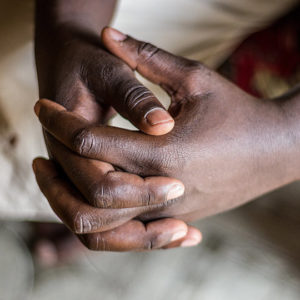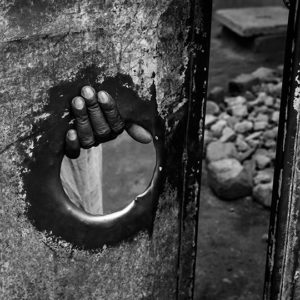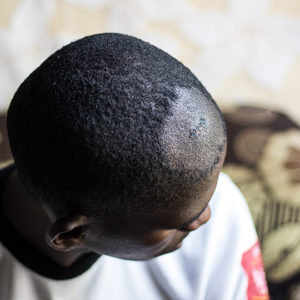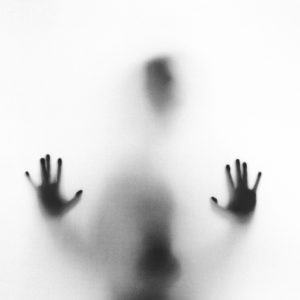
”Torture is the deliberate and systematic dismantling of a person’s identity and humanity. Torture’s purpose is to destroy a sense of community, eliminate leaders and create a climate of fear.
Center for Victims of Torture
The fight against torture is not over
Torture is one of the most shocking acts that one person can inflict upon another – it is abhorrent, immoral and can never be justified. It is also a violation of human rights and is prohibited, under all circumstances, by international law. But in a political environment where terror and national security dominate, torture is no longer the moral outrage it once was. While public opinion globally is in favour of clear rules against torture, over a third of people believe that torture can be justified in some cases. The fight to stop torture, and to support survivors, has not yet been won.


Torture is widespread
Torture is not a thing of the past. It lives in dark corners where it is hard to see, but the stories of survivors, and meticulous research, tell us that it is thriving. More than 140 countries around the world continue to use torture – thousands of people are tortured every day. And once governments allow torture, no one is safe. It is often the most vulnerable who are tortured – refugees, children, minority groups, the poor, LGBTIQ people – but victims come from all walks of life. Torture can happen to any one of us.
The Impacts of Torture – “When I came out I was broken”
Physical Impacts – Breaking the body
The most common forms of torture are beatings and other physical assaults. While some are more sophisticated than others, all are barbaric. But even after the violence has ended, for many survivors chronic physical pain is a constant reminder of what they have endured. Survivors often live with long-term physical effects of torture, such as headaches and neurological damage, musculo-skeletal pains, hearing or vision loss, dental pain, abdominal pains, sexual difficulties and infectious diseases.


Psychological Impacts – “The Worst Scars are in the Mind”
We often think of torture as the infliction of physical pain. But that is only half the picture. Torture is designed to break down a person’s mind, and often the best way to do that is not by causing physical pain. Non-physical torture techniques – things like sleep deprivation, solitary confinement, humiliation and mock executions – cause severe psychological pain and suffering. In fact, we now know that victims of psychological torture report similar levels of pain and suffering as victims of physical torture. What’s more, they suffer similar ongoing health effects. Those effects – common to all torture survivors – include depression, post-traumatic stress disorder, anxiety and many more. But perhaps worst of all, torture undermines basic beliefs about humanity, about trust, and about our worth and place in the world.
Societal Impacts – Torture is a tool of social control
Torture is not merely a cruel way to punish or extract information; it is an instrument of terror. Torture is used not simply to terrorise individuals, but to terrorise everyone who hears about the torture and fears that they could be next. In this way, torture is the ultimate tool of social control. It breeds fear and distrust, destroys social structures and breaks down relationships at every level. In the same way that individuals are broken down by torture, so are societies. But – just like individual survivors – they can be rebuilt. Rehabilitation services play a role in that too.

